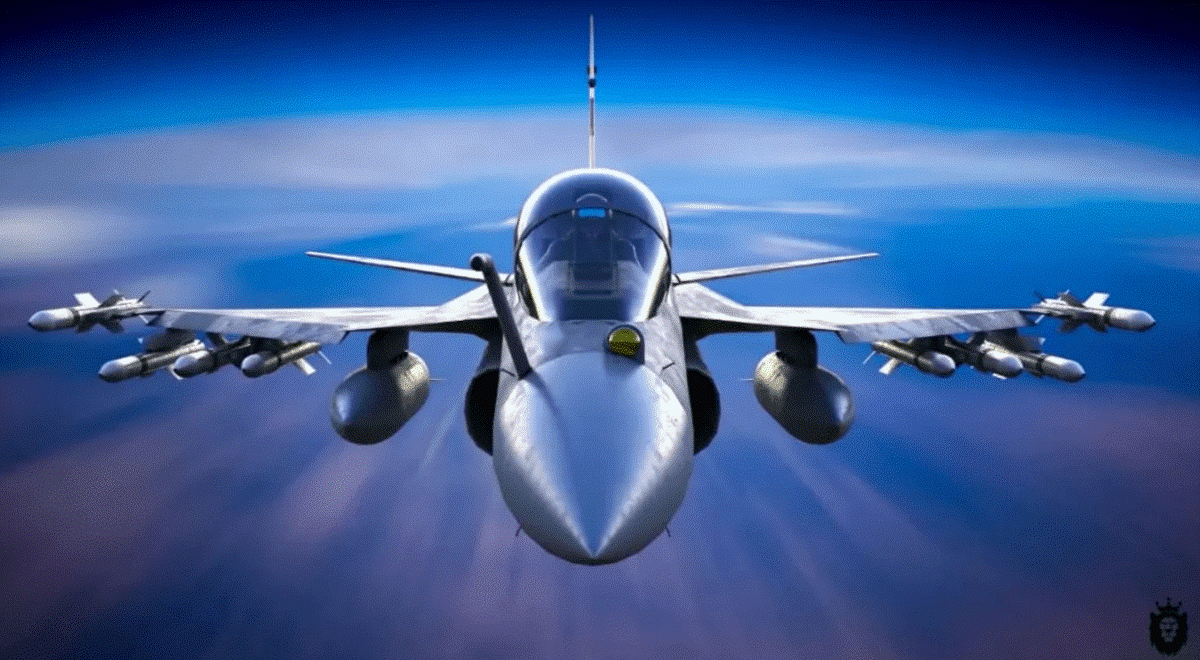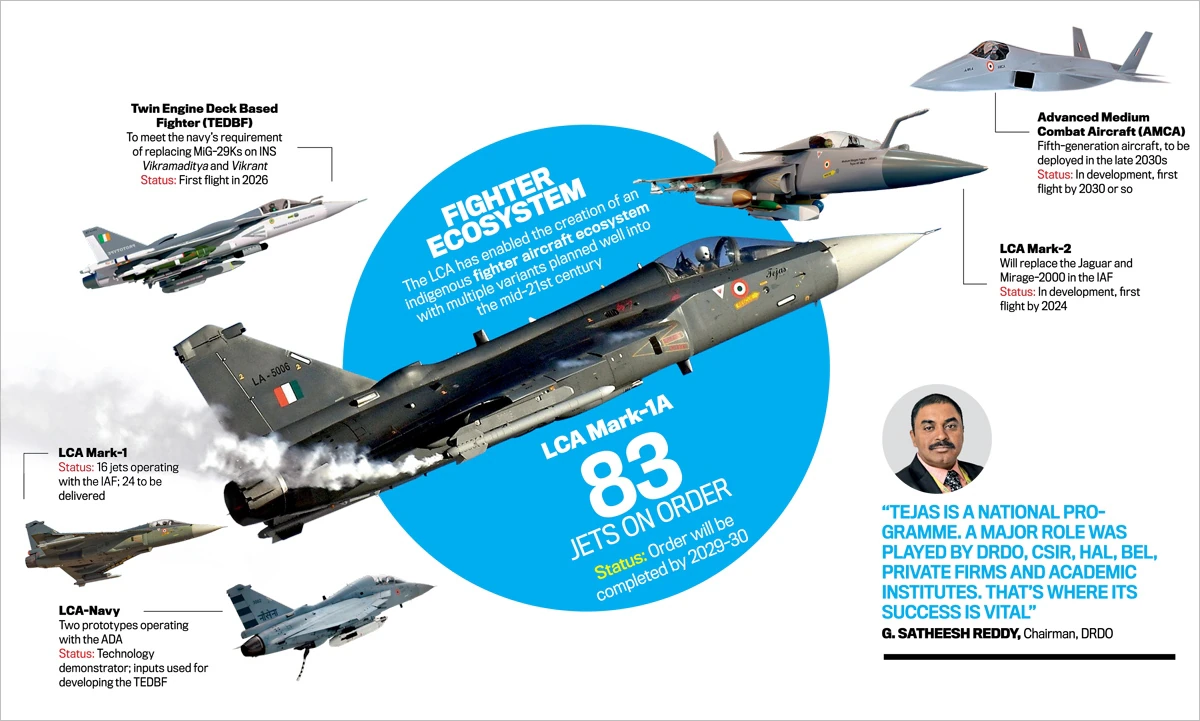Topics
- Chandrayaan 3
- LCA Tejas Test fires advance BVR missile (ASTRA)
- Question of Caste stickers on Vehicles
- Equal Contrast Technique
- White Shipping Agreement
- Demon Particle
CHANDRAYAAN 3
Overview of the Mission
- After successfully achieving a soft landing on the Moon, the rover from the Chandrayaan-3 mission embarks on a quest to delve deeper into lunar enigmas.
- The mission sets out to enhance our existing understanding by focusing on lunar seismic activity, mineral makeup, and potential water-ice reserves.
Post-Landing Exploration
- Rover Deployment
The 26-kilogram rover, dispatched from the Chandrayaan-3 landing module, is slated to traverse a maximum distance of 500 meters while initiating its lunar survey.
- Mission Duration
Armed with six scientific instruments, both the landing module and rover are prepared to gather crucial data during one lunar day, which is approximately 14 Earth days long.
Scientific Objectives of Chandryaan 3
- Investigating Lunar Tremors: The mission aims to enrich our current understanding of seismic activities on the Moon by gathering new data.
- Geological Studies: One of the core activities of the rover involves scrutinizing the Moon’s mineral makeup, thus offering insights into its geological past.
- Electron-Ion Interaction: The RAMBHA instrument is tasked with observing the behavior of electrons and ions in proximity to the lunar surface over time.
- Thermal Exploration: The ChaSTE instrument focuses on mapping the thermal properties in the Moon’s polar regions.
- Lunar Seismic Assessment: ILSA, a specialized instrument, is designed to gauge seismic activities and analyze the Moon’s crust and mantle.
- NASA’s Passive Experiment: NASA’s LRA will serve as a marker for future missions requiring precise laser measurements.
- Chemical and Mineral Assessment: The LIBS instrument aboard the rover will aim to identify the chemical and mineralogical makeup of the lunar surface.
- Elemental Surveys: The APXS is engineered to examine specific elements like magnesium, aluminum, and iron in the Moon’s soil and rocks.
- Comprehensive Mineral Mapping: CLASS X-ray Fluorescence technology covers a vast lunar area to provide extensive mineral mapping, including the identification of oxygen-rich minerals that could serve as future fuel resources.
Groundbreaking Findings from Previous Missions
- Discovery of Water: Chandrayaan-1 was instrumental in revealing water and hydroxyl molecules on the Moon, particularly in the southern polar regions.
- Presence of Subsurface Water-Ice: Instruments like mini-SAR and M3 revealed hidden water-ice deposits within craters near the Moon’s South Pole.
- Habitability in Lava Tubes: Chandrayaan-1 also discovered lava tubes that could potentially offer humans protection from radiation and harsh lunar conditions.
- Past Magma Ocean: Data from the M3 instrument proposed the historical existence of a magma ocean on the Moon.
- Lunar Dynamism: Contrary to earlier beliefs, Chandrayaan-1 unveiled an active Moon, including evidence of recent volcanic activity.
- Lunar Surface and Exosphere Interaction: Studies indicated active interaction between the Moon’s surface and its exosphere, including the emission of various gases.
- Solar Activities: Chandrayaan-2’s Solar X-Ray Monitor recorded solar microflares, contributing to our understanding of solar phenomena.
Conclusion
Chandrayaan-3 stands as a testament to India’s commitment to unlocking the Moon’s secrets. As the mission continues to gather data, it is set to augment our existing knowledge about the Moon’s geological and compositional characteristics.
LCA TEJAS TEST FIRES ASTRA MISSILES
Key Milestone for Tejas LCA
- The Tejas Light Combat Aircraft (LCA) has marked a significant achievement by successfully test-launching the Astra, a homegrown air-to-air missile that operates beyond visual range (BVR).
Astra Missile: An In-House Innovation
Developed by India’s Defence Research and Development Organisation (DRDO), Astra is a BVR air-to-air missile designed for deployment by both the Indian Air Force and Indian Navy.
Objective and Features
The missile is engineered to target and neutralize fast-moving, agile aerial objects in various air battle conditions. It has the capability to simultaneously handle multiple advanced targets.
Compatibility with Aircraft
The Astra missile has been adapted for use with an array of aircraft, such as the Su-30MKI, Mirage 2000, Tejas LCA, as well as MiG-29 and MiG-21 Bison jets. Additionally, it is compatible with the Indian Navy’s Sea Harrier jet.
Technical Specifications
- Structure and Dimensions:
- The Astra missile has been constructed for maximum agility, pinpoint accuracy, and dependability, ensuring a strong likelihood of destroying the target with a single shot.
- The missile has an approximate length of 3.8 meters and a diameter of 178mm, with a launch weight close to 160 kilograms.
- Upcoming Enhancements:
Plans are underway to develop an advanced model, dubbed Astra Mk-II, which is projected to offer an extended operational range of up to 160 kilometers.
- Tracking and Warhead:
Astra employs dual-mode guidance systems for precise target acquisition. It is armed with a high-explosive, pre-fragmented warhead, adding to its efficacy against aerial threats.
- Engine and Performance Metrics:
The missile is propelled by a single-stage, solid fuel system that generates minimal smoke. It has the potential to achieve launch speeds that vary from Mach 0.4 to Mach 2.
- Operational Range and Maneuverability:
The Astra’s effective firing range is approximately 80 kilometers. It can perform high-agility maneuvers, including turns of up to 40 g, particularly near sea level.
International Collaboration
- A future version of the missile, named Astra Mk-III, is under development through a partnership with Russia.
This next-generation variant will incorporate advanced Solid Fuel Ducted Ramjet (SFDR) engine technology.
Tejas Basics
Introductory:
- The LCA Tejas is a locally produced, lightweight fighter jet co-developed by ADA and HAL for India’s military forces.
- This jet has various versions tailored for the Indian Air Force and Navy, featuring advanced design elements for improved performance and capabilities.
- Although it faced obstacles in its development, its successful induction marks a milestone for India’s aerospace sector.
Development: Conceived and built by India’s ADA in partnership with HAL, the LCA Tejas serves the dual purpose of providing a modern multi-role aircraft to the Indian Air Force (IAF) and Indian Navy.
Different Models:
– Air Force Version: A single-engine, one-seater jet designed for the IAF.
– Navy Version: Customized for carrier landings, this variant has strengthened landing gear and an arrestor hook.
Technical Specifications:
- Built with a delta wing formation for better agility and steadiness.
- Features state-of-the-art cockpit displays and electronic systems.
- Incorporates cutting-edge radar technologies and the capacity for various weapon systems.
Engine: The jet utilizes a General Electric F404-GE-IN20 turbofan engine.
Weaponry: Capable of carrying an array of air-to-air and ground-attack ordnance, such as missiles and bombs.
Performance Metrics:
- Reaches top speeds close to Mach 1.8.
- Operational reach is roughly 310 miles.
- Able to operate at altitudes nearing 50,000 feet.
Operational History:
- Became part of the IAF arsenal in July 2016.
- Displayed in multiple national and global aviation exhibitions to demonstrate its features.
Challenges and Milestones:
- The jet’s development was plagued by both technical hitches and financial constraints, causing setbacks.
Despite these hurdles, its successful roll-out represents a significant stride in India’s aeronautical field.
CASTE STICKERS ON CARS
Context
- The recent initiative by the police in Noida and Ghaziabad, where they fined vehicles displaying ‘caste and religious stickers’, has sparked conversations regarding the legal implications of such adornments.
- This initiative brings to light the nexus between vehicular guidelines, societal conventions, and legal boundaries.
Vehicle Stickers and Legal Implications
Caste and Religious Affiliations: The permissibility of these stickers is scrutinized under the provisions of the Motor Vehicle Act and associated rules.
State Directives: Various regional administrations, Uttar Pradesh being one, have prohibited the application of stickers that showcase caste or religious identity on vehicles, encompassing the vehicle’s exterior.
Vehicle Registration Identification: Regulations strictly deter the affixation of stickers on the vehicle’s registration plate.
Stickers: Legal Responses and Challenges
Fine Structure: A fine of Rs 1,000 is levied for displaying such stickers, but it escalates to Rs 5,000 if placed on the registration plate.
Upcoming Actions: Law enforcement agencies have conveyed their plans to carry out similar operations in the forthcoming times.
Details on Number Plate and Infractions
Number Plate Design: The rules dictate that number plates be constructed of 1.0 mm thick aluminum, bearing the letters “IND” in blue at the far left center.
Consequences for Non-Adherence: Section 192 of the MV Act enlists penalties for deviating from the specified number plate standards, with fines scaling up to Rs 5,000 for first-time violations and the possibility of jail time and fines for subsequent breaches.
Post-2019 Alterations: Following adjustments in the 2019 MV Act, the maximum penalty for infractions increased to Rs 2,000.
Defiance of Directives and Resultant Legal Implications
Legal Foundation: Under Section 179 of the Motor Vehicles Act 1988, challans are being handed out for stickers affixed to vehicles.
Specifics of Section 179: This section pertains to “non-compliance with directives, obstruction, and denial of information”, allowing for penalties of up to Rs 500.
Post-2019 Changes: The 2019 amendment to the MV Act elevated the fine for these violations to a cap of Rs 2,000.
Conclusion
The examination of ‘caste and religious stickers’ on vehicles accentuates the dilemma between individual expression, traditional customs, and established legal standards.
As societal constructs and legal tenets continue to evolve, the pursuit of balancing individual freedoms with communal equilibrium persists.
Read more of it here : https://timesofindia.indiatimes.com/city/jaipur/caste-religion-stickers-on-cars-get-ready-to-pay-penalty-in-rajasthan/articleshow/70969266.cms
WHITE SHIPPING AGREEMENT
News:
The Indian Navy and the Philippine Coast Guard have established a Standard Operating Procedure (SOP) concerning the sharing of White Shipping Information.
- This SOP was formalized during the recent visit of the Philippine Coast Guard’s Commandant to India.
White Shipping Overview:
- “White shipping information” pertains to the proactive sharing of details about the movement and identity of civilian merchant ships.
- Vessels are categorized as white (for commercial ships), grey (for military ships), and black (for unlawful vessels).
- This collaboration between the Philippine Coast Guard and the Indian Navy aims to streamline the exchange of information about merchant vessel movements, which will augment maritime safety and security in the surrounding region.
Significance of the Information-Sharing Agreement:
- The agreement is critical for international oceanic connections, helping to manage potential security risks and movements.
- It aids in enhancing security by offering detailed information on ship identities, which can help in mitigating maritime threats.
- The pact contributes to a better understanding of the regional maritime landscape, thereby improving security initiatives.
- By allowing for prior knowledge of ship destinations and planned courses, the agreement aids in the early identification of unauthorized vessels.
https://www.livemint.com/news/india/india-philippines-coast-guards-to-ink-deal-11692374603059.html
EQUAL CONTRAST TECHNIQUE
Context:
- Researchers have come up with an innovative approach known as Equal Contrast Technique (ECT) for examining white-light images of the Sun.
- This method addresses inconsistencies in observations that arise from equipment and atmospheric conditions, offering a more stable view over time and across different latitudes.
Significance:
- The approach provides a precise way to scrutinize historical sequences of solar images.
- This assists in gaining insights into various solar activities, cycles, and their long-term impact on Earth’s climate.
Key Findings:
- The Sun features numerous areas with weaker magnetic fields that change over time.
- These areas can be explored through specialized solar images like magnetograms and Ca-K line photos, which have a significant relationship with the magnetic properties of these solar regions.
- Magnetograms offer limited historical data and also suffer from variations due to changes in instrumentation over time.
- In contrast, the Kodaikanal Observatory (KO) has maintained Ca-K line images for over a century, without alterations to the instrument optics.
- Other global observatories, such as Mount Wilson Observatory (MWO), also possess similar data but for a shorter duration, around 70 years.
- Analyzing data from the Kodaikanal Observatory, researchers established a strong correlation between features like bright regions in the Sun’s chromosphere (referred to as “plage area”) derived from Ca-K images and sunspot numbers. This relationship holds true even on a daily level and spans roughly a century.
- Such high-precision analysis of long-term Ca-K image sequences is beneficial for the dependable study of solar variations and their climatic impact on Earth.
DEMON PARTICLE
The Concept of a Demon Particle:
- The idea of a “demon particle” was initially suggested by scientist David Pines in the mid-1950s.
- According to his theory, a novel particle could emerge when electrons move through solid substances.
- These hypothetical particles lack mass, carry no charge, and are invisible to light.
About Superconductivity:
- Superconductivity enables the frictionless flow of electric current within a material.
- This allows for highly effective energy transmission, eliminating the waste of energy as heat.
- The phenomenon was first identified in 1911 when Heike Kamerlingh Onnes noted the absence of electrical resistance in mercury at extremely low temperatures.
The Meissner-Ochsenfeld Effect:
- In their superconducting phase, superconductors expel internal magnetic fields.
- This is referred to as the Meissner-Ochsenfeld effect and is responsible for the phenomenon of magnetic levitation.
https://rapzilla.com/2023-08-physicists-discover-demon-particle/








